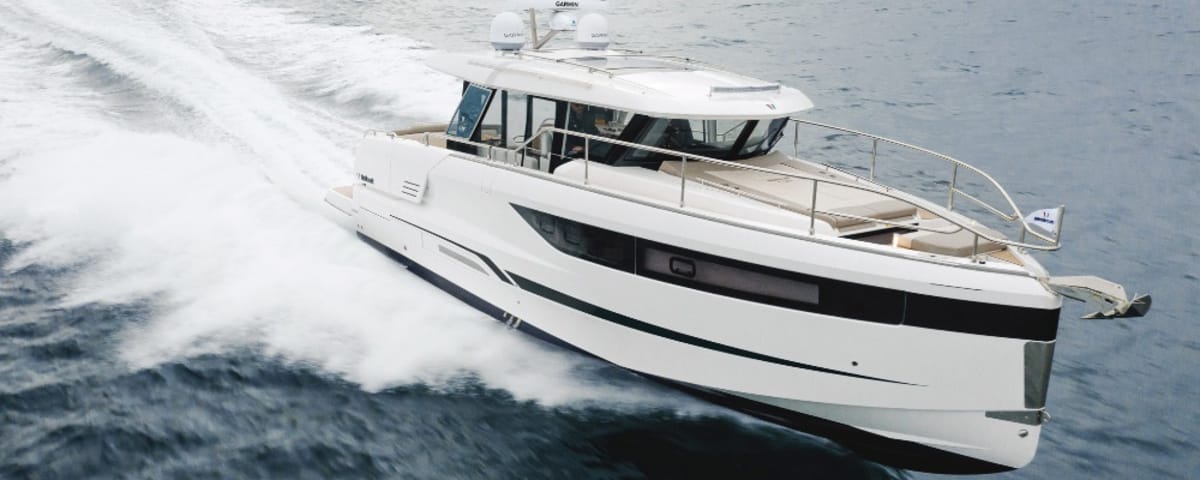Cutting Through the Waves: How to Prevent Collisions at Sea
Collisions are a leading cause of maritime accidents, often resulting in injuries or fatalities. To mitigate these risks, innovative solutions like the Watchkeeper system from SEA.AI are emerging, designed to detect potential hazards in a vessel’s path. This system employs ultra-wide 4K optics for enhanced visibility in low-light conditions and offers optional thermal imaging capabilities.
Seeing Further, Safer Navigation
Watchkeeper extends visibility beyond human eyesight, providing continuous monitoring. Upon detecting an object that poses a collision risk, the system cross-references it with SEA.AI’s proprietary database, which contains millions of marine objects. This allows for the identification of maritime dangers from close range to the horizon. Once an object is classified, SEA.AI calculates the risks and alerts the crew to urgent navigational hazards or safety concerns, even those invisible to radar or AIS. These include buoys, marine mammals, floating debris, small unlit vessels, and individuals who have fallen overboard. All these objects are detected in real-time and displayed on the boat’s multifunction display or on iOS/Android devices.
The Cost of Safety
The base version, designed for sailboats and motorboats, provides detection of dangerous objects, large and small, from dawn till dusk, and is priced at €4,990. The mid-range model (€9,948) adds night vision with a thermal camera, while a high-end configuration maximizes the field of vision and detection range.
Discover at the Cannes Yachting Festival
The SEA.AI technology can be seen in action with live, real-time alerts.
SEA.AI: Pioneering Maritime Vision
SEA.AI, formerly known as Oscar, has been a pioneer in industrial vision for maritime applications since 2018. With a team of over 70 professionals based in Austria, France, Portugal, and the United States, the company is committed to making industrial vision the new standard for safety and situational awareness in the maritime sector. Its product line includes fully integrated systems combining optical and thermal sensors with artificial intelligence to enhance safety at sea. SEA.AI systems are designed to quickly detect and identify floating objects, providing the crew with real-time information. This technology is available in several versions tailored to the specific needs of recreational, commercial, and government vessels, including unmanned surface vehicles (USVs).
Our Perspective
Collisions with floating objects are common at sea and can damage propellers and the boat itself, as well as cause personal injury. These objects, especially small ones like lobster pots or jerrycans, are often difficult to see with the naked eye or binoculars, making it hard to change course to avoid them. For example, a boat at anchor 1 nautical mile away will take 12 minutes to reach at 5 knots, or 4 minutes at 15 knots. It is not without reason that racing yachts, professionals, and even search and rescue organizations are increasingly using these camera detection systems.
Enjoyed this post by Thibault Helle? Subscribe for more insights and updates straight from the source.


